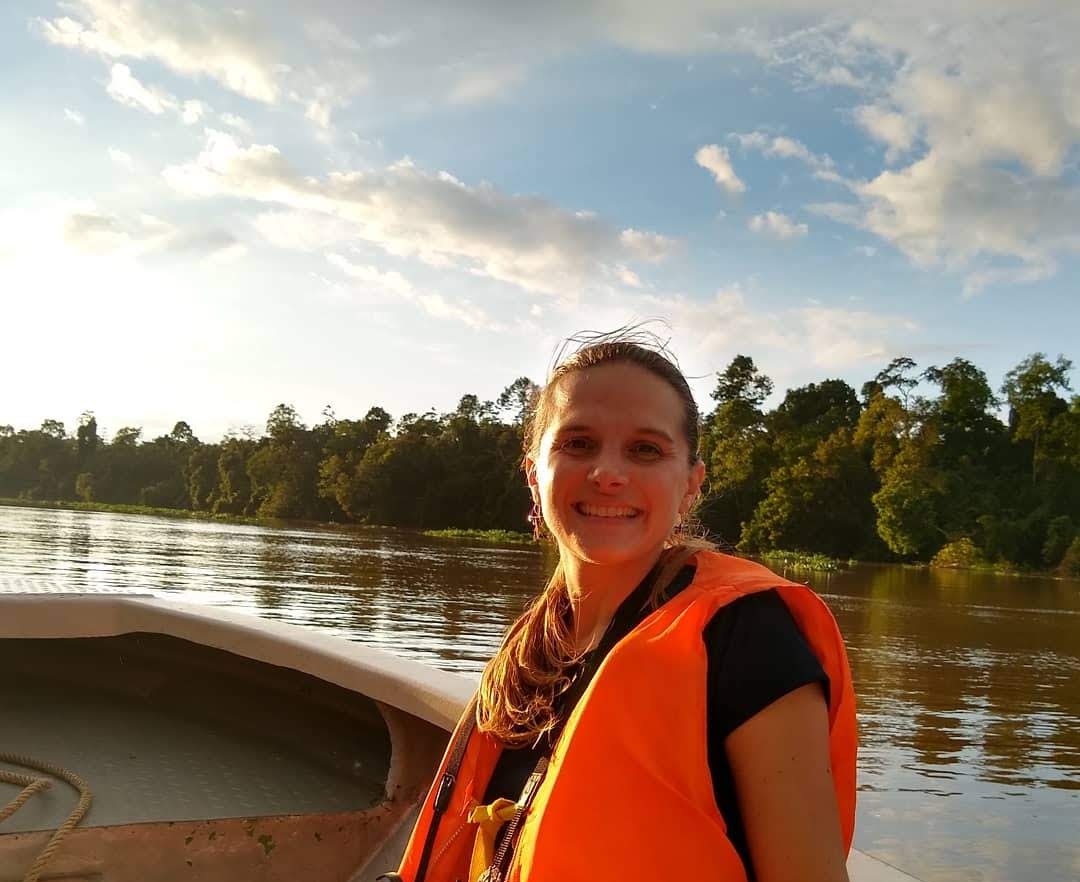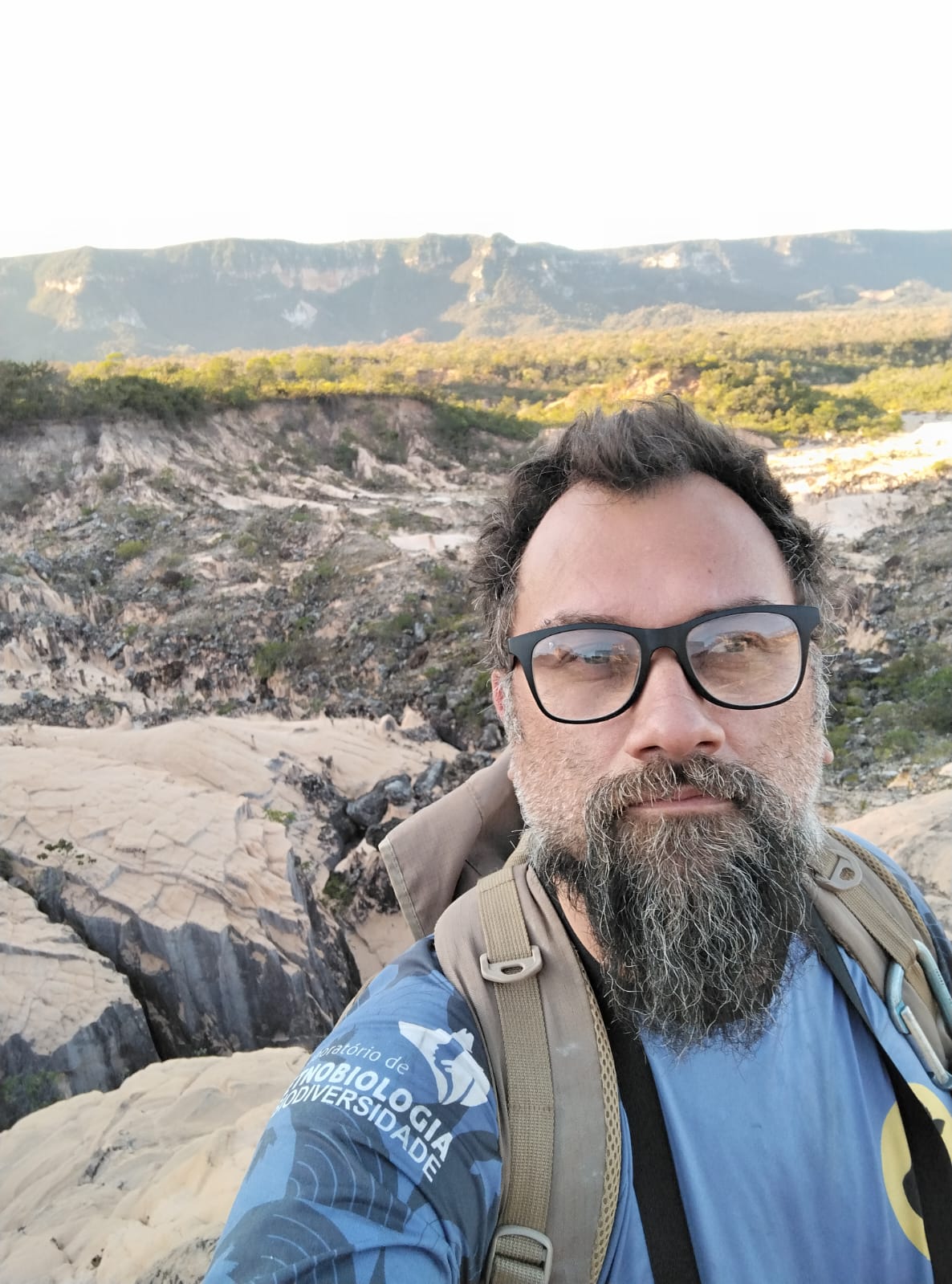12/10/2025
15:00 - 16:00
Brazil
, Presencial
Por qué asistir
Let's discover how to economically integrate surrounding communities into the conservation strategies of protected areas. Could nature tourism be an alternative?
Descripción de la sesión
Because nature tourism takes place in remote areas—often within or around conservation units—it provides an opportunity to engage local communities within its network. Our experience has shown that implementing ecotourism based on community-based tourism involves two key components: first, conducting a characterization or diagnostic assessment; and second, developing implementation plans. Each location has its own unique characteristics and varying levels of tourism development, so generic action models do not always apply. It is therefore essential to assess the existing conditions and determine what actions are needed, while also taking into account local stakeholders—their needs, roles, and perspectives. This network-based approach to tourism is crucial to ensuring that the various roles are carried out collaboratively, which supports the sustainability of the network and, in turn, helps sustain and preserve protected areas.Asociaciones


